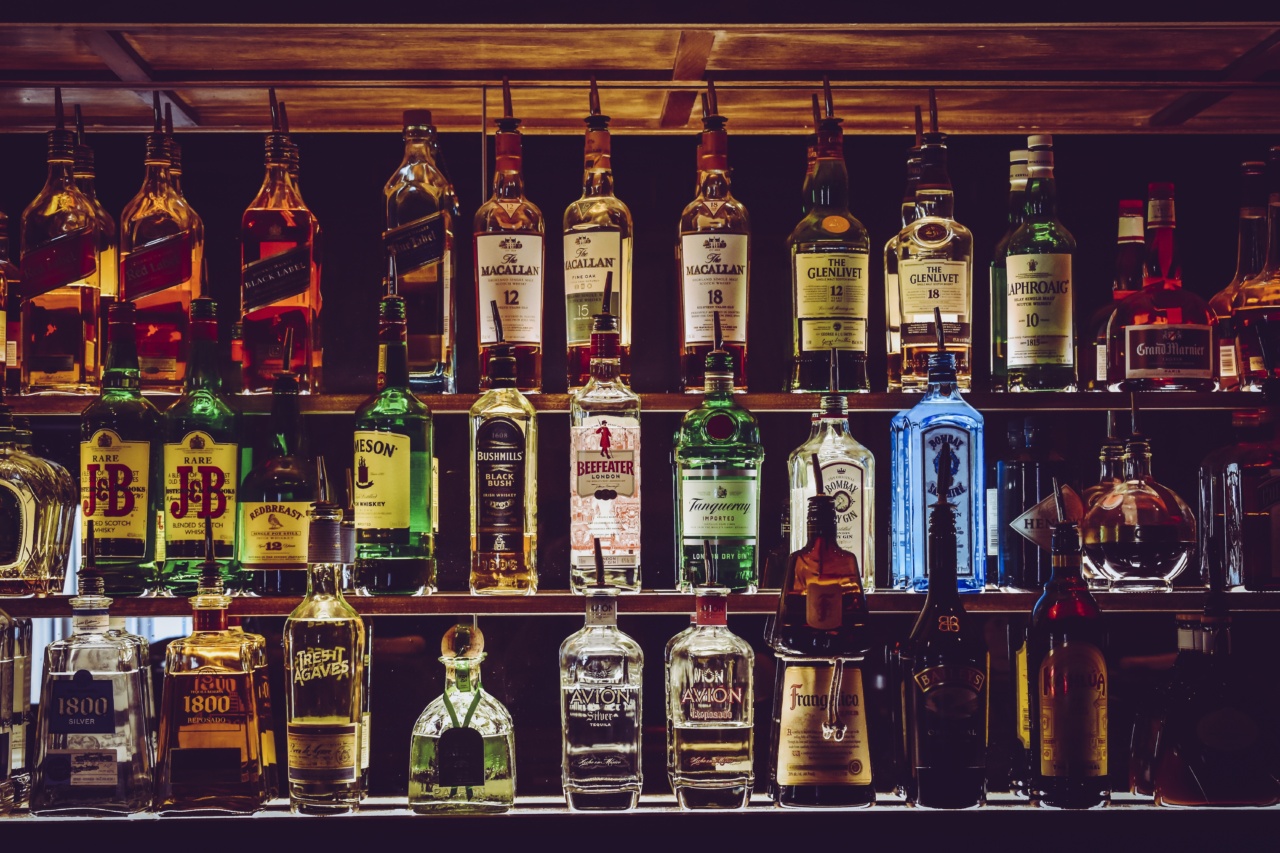Beer is one of the most popular alcoholic beverages consumed globally. In recent years, the consumption of beer has increased to a significant level. There are various reasons attributed to this trend, including social, economic, and cultural factors.
In this article, we will explore some of the reasons behind the increasing demand for beer.
Economic Factors
In recent times, there has been an increase in disposable income, leading to a higher demand for beer. The rise in income has given consumers the financial capacity to enjoy more beer.
Moreover, the beer industry has also played a significant role in the growth of beer consumption. The industry has grown tremendously in the last few years, making beer more accessible to the general population. Furthermore, the growth of microbreweries has contributed to the rise in beer consumption.
Microbreweries produce unique beer flavors, hence contributing to the growth of beer culture and consumption.
Social Factors
The social factor plays a significant role in the increasing consumption of beer. Beer drinking has become a social activity for many people.
People enjoy drinking beer with friends and colleagues, during social events such as parties, barbeques, and sporting events. This social aspect of beer drinking has contributed to the rise in beer consumption. Moreover, beer drinking has also become a way for many people to relax and unwind after a hard day’s work.
Hence, the social factor has contributed to the increasing demand for beer.
Cultural Factors
The cultural factor plays a crucial role in the increasing consumption of beer. In many cultures, beer is an essential part of social gatherings and celebrations. For instance, in Germany, beer is a cultural icon.
Oktoberfest is an annual 16-day festival that celebrates beer in Germany. The festival attracts thousands of people from different parts of the world to come to Munich to enjoy beer. Similarly, in Britain, pubs are an essential part of the culture, and beer is the drink of choice.
Hence, cultural factors have contributed to the rise in beer consumption globally.
Marketing and Advertising
The marketing and advertising of beer brands have contributed to the rise in beer consumption. The beer industry spends billions on advertising and marketing to create brand awareness, increase sales, and create brand loyalty.
The use of social media and digital platforms has also increased the visibility of beer brands. The marketing campaigns and advertising have influenced consumers’ purchasing decisions, leading to the increase in beer consumption.
Health Trends
The increasing focus on healthy living has led to a rise in beer consumption. Many breweries have started producing beers with lower alcohol content and fewer calories to cater to the health-conscious consumer.
Moreover, the use of natural ingredients and organic brewing processes has also led to the growth of the craft beer market. Hence, health trends have contributed to the rise in beer consumption.
Cost
The cost of beer has also contributed to the rise in beer consumption. In many countries, beer is cheaper than other alcoholic beverages such as wine and spirits. This affordability has made beer a popular choice for many consumers.
Moreover, retailers and distributors offer beer in bulk, leading to lower prices, hence contributing to increased beer consumption.
Changing Taste Preferences
The changing taste preferences have contributed significantly to the increase in beer consumption. Many consumers are now looking for unique flavors and styles of beer.
Craft breweries have taken advantage of this trend and have developed unique beer flavors that appeal to the consumer. The rise in beer culture and appreciation of beer has led to the growth of the craft beer industry. Hence, changing taste preferences have contributed to the increasing demand for beer.
Convenience
The convenience of buying beer has also contributed to its increased consumption. Beer is readily available in many retail outlets, including supermarkets and convenience stores.
Many outlets also offer beer delivery services, making it easier for consumers to access beer. This availability and convenience have led to the rise in beer consumption.
The Social Media Effect
The rise of social media has contributed to the growth of beer consumption. Social media platforms such as Instagram, Twitter, and Facebook have created a beer culture that celebrates the beverage.
The sharing of pictures and experiences of beer drinking has contributed to increased brand awareness and popularity. Social media has also facilitated the sharing of information about beer, leading to increased knowledge and appreciation of the beverage.
The Bottom Line
In conclusion, the increase in beer consumption can be attributed to various factors, including economic, social, cultural, marketing, and advertising, health trends, cost, changing taste preferences, convenience, and the social media effect.
The demand for beer is expected to continue to grow, as more consumers join the beer culture and appreciate the beverage.






























